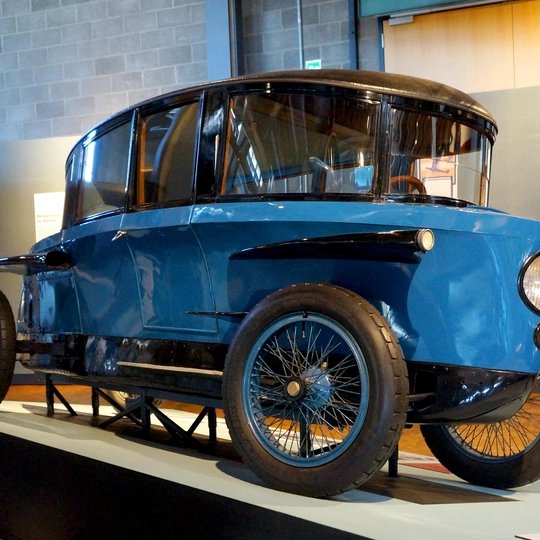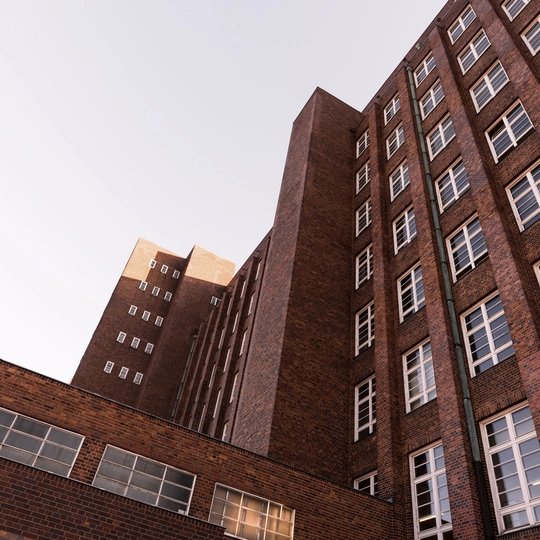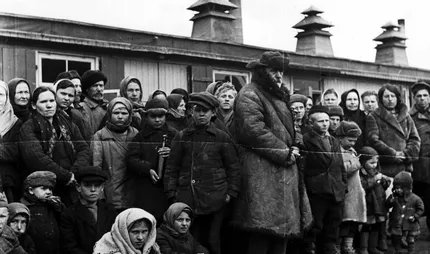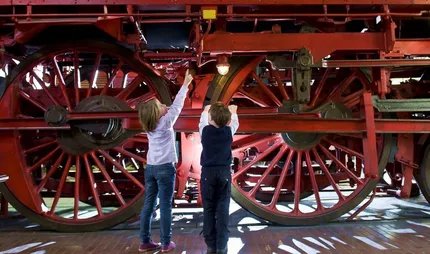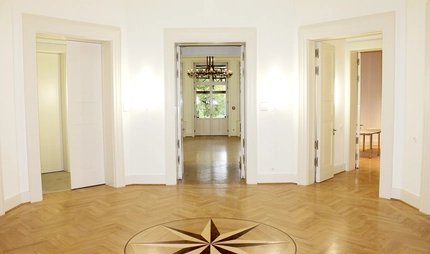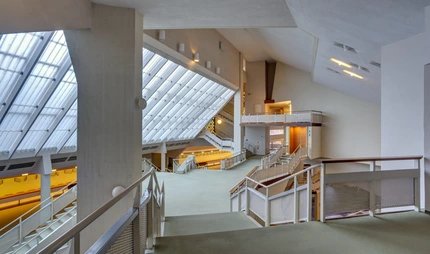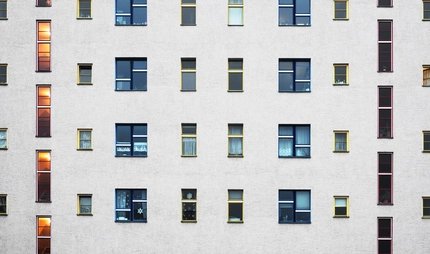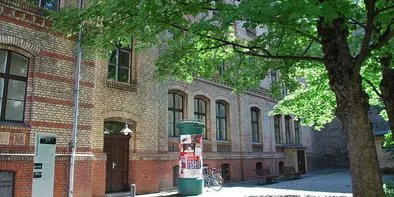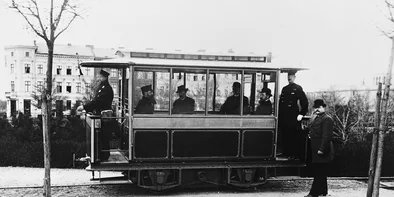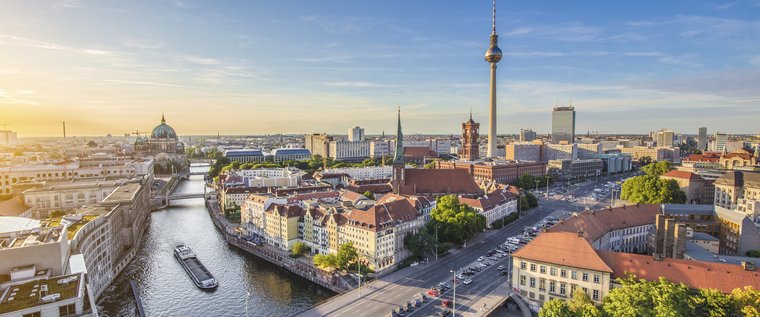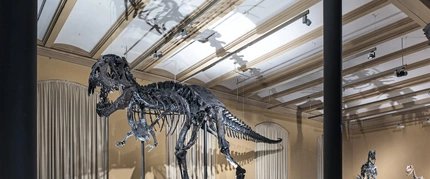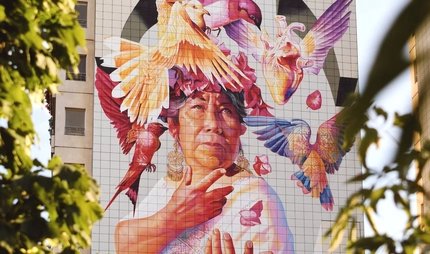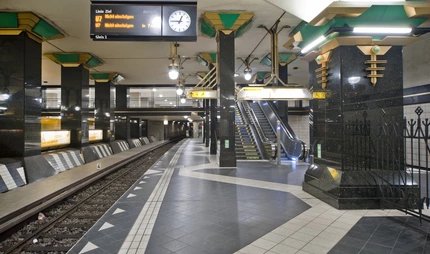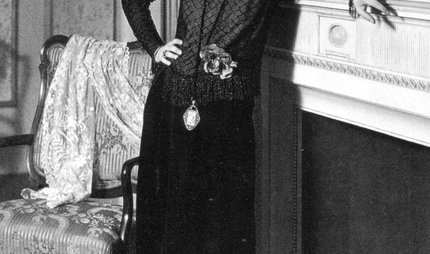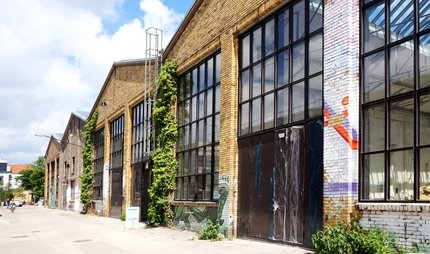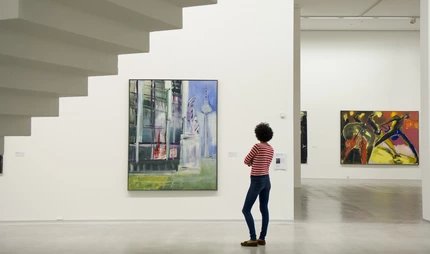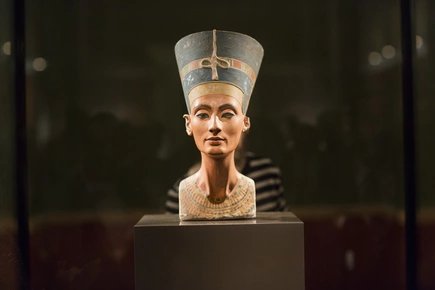
Art in the factory hall, fashion shows in the cold store, theatre in the transformer station – all over the city, Berliners have brought former industrial heritage buildings back to life. The former factories, industrial complexes and industrial areas are what make Berlin so charming, as they have had a lasting effect on the cityscape – and still do to this day!
At the time of industrialisation, people not only worked hard - the general need to be able to live better also increased - in affordable flats, with light, air and a bit of green. World-famous architects build revolutionary housing estates in Berlin in which the ideas of modernism are implemented and which are now UNESCO World Heritage Sites.
Every three years, the Triennale der Moderne dedicates itself to building culture and the ideas of modernism with a supra-regional festival: in the cities of Berlin, Weimar and Dessau, a diverse programme of experiences is offered, with a focus on the UNESCO World Heritage Sites.
Industrial heritage today
Go on a journey of discovery and explore industrial heritage sites such as the Ullsteinhaus or the AEG turbine factory, which made architectural history. The rapid development of the city created the preconditions for the merger of the individual towns into a common city with a uniform infrastructure and administration. In 1920, the time came: Berlin became a city – in 2020 we are celebrating 100 years of Greater Berlin.
From the beginning of the 20th century until today
Industrialization established a long tradition of technicians, engineers and inventors in Berlin. Today, we use many of their inventions as a matter of course without worrying about their origin.
The following 10 inventions - made in Berlin - also date from this period.
Top events for Industrial Heritage
On interesting guided tours you can look behind the scenes and learn more about the history. In the here and now, the festivals and events are concentrated in the old factory halls and industrial buildings, which are now coming to life as original creative locations. I
Every three years at the Triennale zur Moderne you have the opportunity to look behind the scenes, take part in guided tours, visit interesting exhibitions or develop new perspectives at workshops and events.
From Industrial Heritage to Bauhaus
The industrial buildings created a new architectural landscape with trend-setting forms and materials. At the same time, new challenges were emerging with industrialisation: Workers lived in miserable conditions in dark, crowded apartments in rear houses.
The Bauhaus with its bright, modern apartments provided an answer to the difficult situation. In a period of only 14 years, the Bauhaus revolutionised the language of architecture, helped to create the foundations of modern functional design and dared to think in new ways.
Metropolis of Modernism
Industrialization established a long tradition of technicians, engineers and inventors in Berlin. Today, we use many of their inventions as a matter of course without worrying about their origin.
The following 10 inventions - made in Berlin - also date from this period.
10 inventions from berlin
Industrialization established a long tradition of technicians, engineers and inventors in Berlin. Today, we use many of their inventions as a matter of course without worrying about their origin.
The following 10 inventions - made in Berlin - also date from this period.
Factories, breweries and transformer stations
Industrialization established a long tradition of technicians, engineers and inventors in Berlin. Today, we use many of their inventions as a matter of course without worrying about their origin.
The following 10 inventions - made in Berlin - also date from this period.
Rapid development
Industrialization established a long tradition of technicians, engineers and inventors in Berlin. Today, we use many of their inventions as a matter of course without worrying about their origin.
The following 10 inventions - made in Berlin - also date from this period.
Tickets and offers
Forced labour under National Socialism
Industrialization established a long tradition of technicians, engineers and inventors in Berlin. Today, we use many of their inventions as a matter of course without worrying about their origin.
The following 10 inventions - made in Berlin - also date from this period.
Berlin Modernism in all its diversity
Berlin Modernism encompasses many aspects; it is architecture and design, but also art, creativity and a whole attitude to life - yesterday and today. Learn more about the diversity of Berlin Modernism, read exciting stories and backgrounds.


